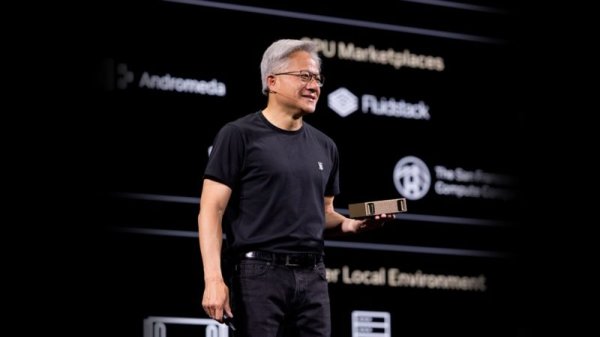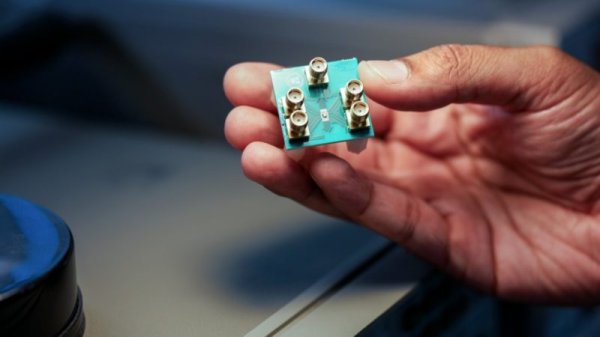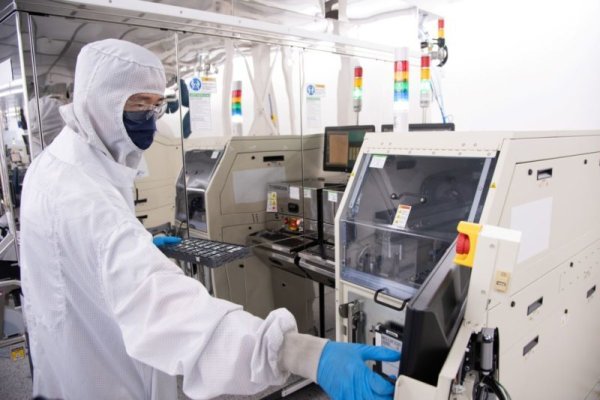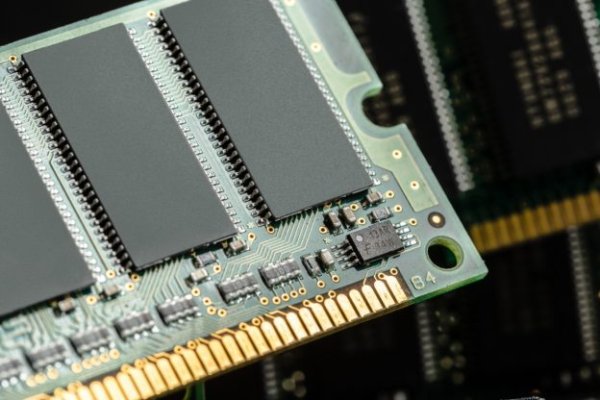Breakthrough in traditional computing, quantum model architecture and redesign chip manufacturing in the future

The Australian research team recently launched a breakthrough semiconductor processing technology and successfully applied Quantum Machine Learning (QML) for the first time to construct a process model. Improve manufacturing accuracy and efficiency, and is expected to reduce chip production costs.
The traditional semiconductor process is very complicated, from the mask, etching to the stack, each chip takes hundreds of steps to complete. Among them, non-linear parameters that affect the conductor performance such as OEM contact resistance are often a modeling problem. The general method requires a large amount of data to be trained to develop an effective model, but the effect will significantly decrease when the data is limited.
The QKAR (Quantum Kernel-Aligned Regressor) architecture developed by the research team this time combines quantum computing with traditional machine learning. Quantum machine learning uses quantum morbidity characteristics, which can capture more complex data correlations and still perform excellent under small sample conditions. Currently, QKAR performance exceeds seven traditional machine learning algorithms.
The operation of qubits in quantum computers is completely different from the bits based on 0 and 1 in traditional computers. Quantum bits use the "intercalation principle" in quantum force science, which can be at the same time as 0 and 1, so that the calculation results can cover more variables and possibilities.
Although quantum machine learning is still in the research and experiment stage, if technical problems can be broken, it is expected to break the limitations brought by traditional chips due to micro-sized size, bringing new process modes and technical transformation machines to semiconductor industry.
Quantum machine learning improves semiconductor manufacturing for first time Extended reading: Reshape future chips, quantum machine learning is a brilliant success



